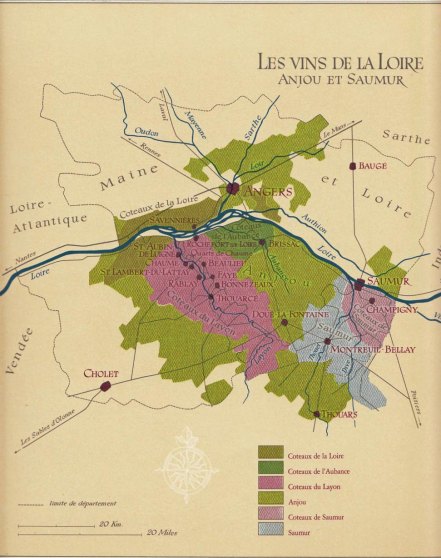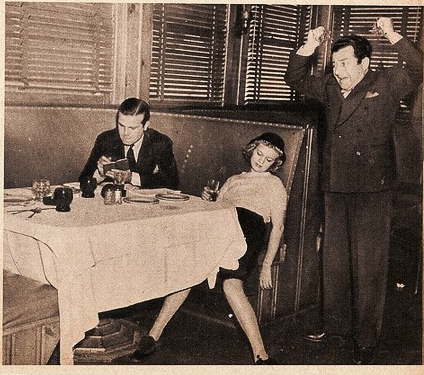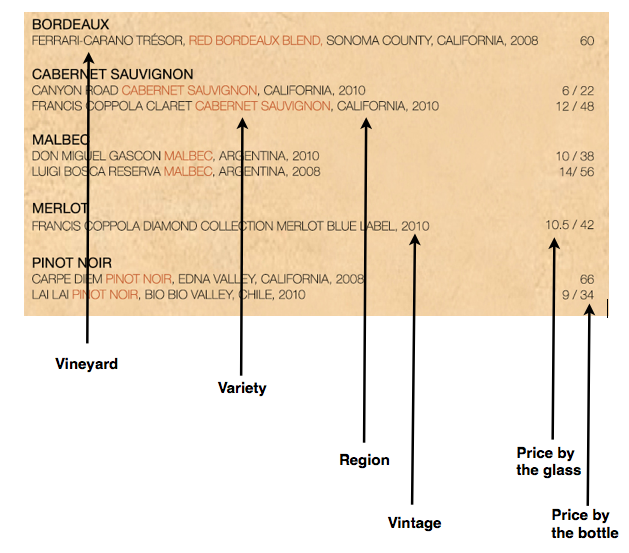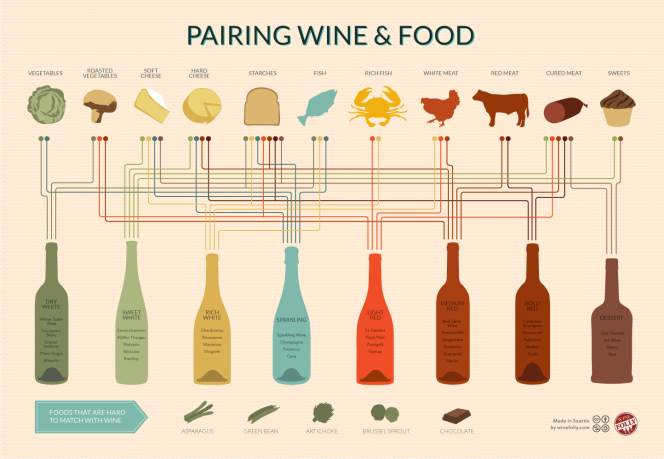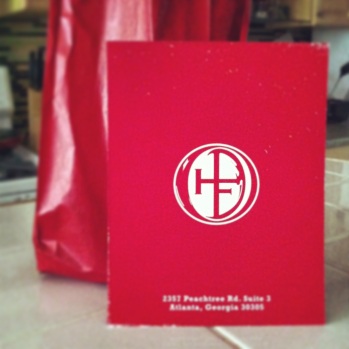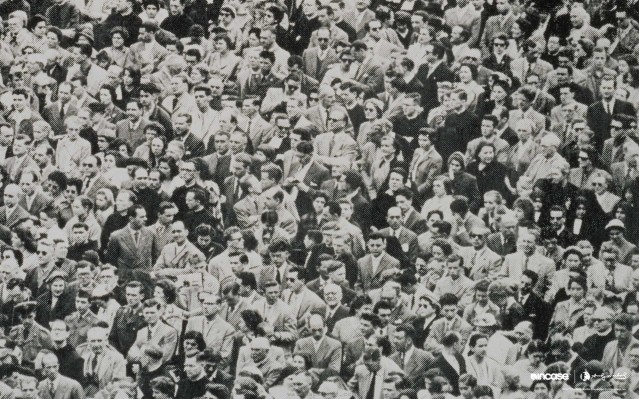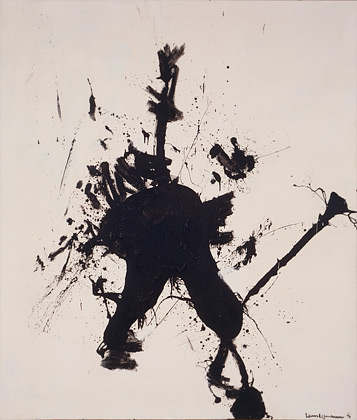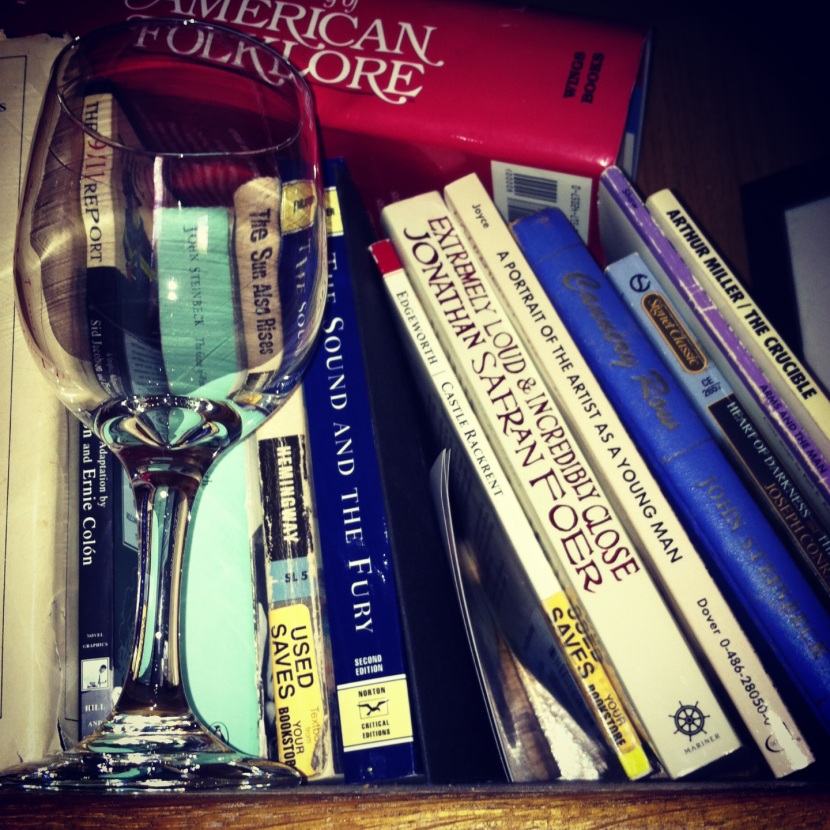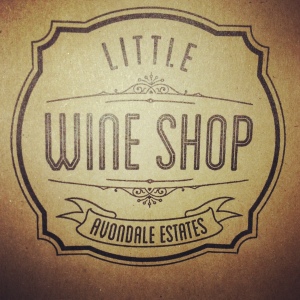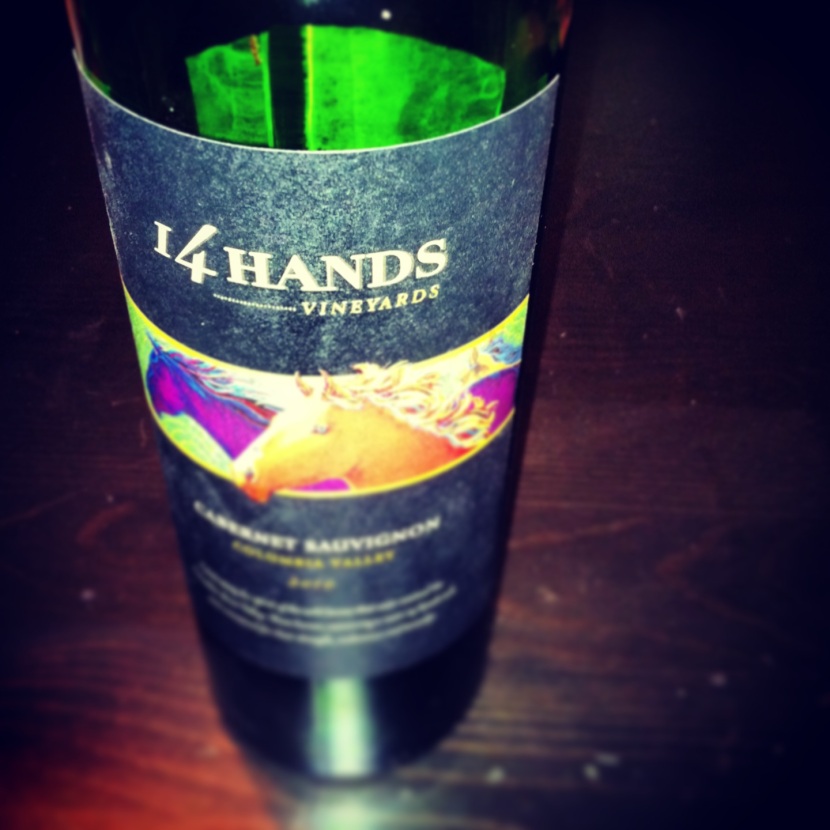
DISCLAIMER: Kids have a test and teachers have to get them ready for it. My day job (ever so occasionally) pulls slightly more weight than the wine blog that doesn’t pay any money whatsoever, hence I am posting this weeks after the fact. To err is human, to forgive is divine. I’m getting back to it now, I promise. Thanks for waiting it out!
14 Hands Cabernet Sauvignon 2010
Columbia Valley, Washington State
After checking my bank account–as we (twenty-somethings) so often find ourselves doing while working our first job out of college that pays too much to qualify for food stamps but at the same time not enough to actually not desperately need them–I realized that this week’s wine was going to have to come from Kroger (appalling, I know). Gasp aloud, foodies–I won’t hate you for it.
Kroger is a southern-born grocery store–for all of you people who are taking a brief intermission from the fantasy world painted by your newest copy of Decanter to read this post. To make sure that we are all on the same page, I created a brief outline of what you might expect when shopping for wine at aforementioned establishment.
Again, Kroger is a store for groceries. Kroger is NOT:
- Equipped with wine-Yodas.
- A place that is even remotely similar to Whole Foods.
- Home to locally-grown organic arugula, a wide selection of in-house granola, or acute health-conscience group hatred against preservatives.
That being said, you must also appreciate the Amazonian mindset required to travel through the wine section of this store with little discerning knowledge of what a solid bottle of wine could even remotely resemble. However–always resourceful–I remembered a suggestion made by the wine serf that all Washington cabs are a good bet.
Honesty prevails here, people: the ability to find a Washington Cabernet Sauvignon in a bottomless sea of Napa Valley is quite similar to locating the back of an earring after it fell to the ground–in the dark. The stuff is just really difficult to find (at least, at a Kroger supermarket).
However, yet to be defeated by a bottle of wine, I alas discovered the newly labeled 14 Hands Columbian Valley cab. Hello, diamond in the rough. After a quick google search of Wine Spectator’s approving 86 points (yes, I broke the rules and relied on points in a brief moment of panic–don’t be judge-y), I snatched that baby up and marched my $10.99 find right up to self check-out. Done deal.
A native to Washington State, 14 Hands Cabernet Sauvignon gets its name from the horses who roam the Columbian Valley. And for a girl who hates animals, I really enjoyed this wine.
Enough so that I wanted to find out a bit more about its origins–which lead me to my second weekly wine induced epiphany (the first being that grocery stores really should have wine gods on staff for the novices hung up on Malbec like me). Did you know, by the way, that emailing people and asking questions is the hands-down Beyonce and Jay-Z power couple of acquiring any information about anything? Ever?
Sometimes, friends, knowledge is simply a matter of type, click, and send. Thank four-leafed-clovers (and Tim Bernes Lee) for the world wide web and people who respond to one another through its invisible cast lines across the universe–what a beautiful thing.
On a dream and a prayer, I shot a few questions to 14 Hands wine maker, Keith Kenison, and actually (shocker of my life) got a response! Thanks Keith–you rock even more. I was curious as to how Keith fell in love with wine and even more curious about what sort of wine he was drinking in his early twenty days. I hastily (and wrongfully) assumed that he would a) be too cool to respond to a lowly freshman-blogger and b) have some complicated overly awesome past that I couldn’t possibly understand . Luckily, Keith is as humble about his wine god status as he is kind enough to share his experience with mortals like Winebbler.
To begin, Keith wrote that he, “grew up with a keen interest in science and became fascinated with the whole fermentation process as far back as junior high school.” Didn’t we all love fermentation back in the seventh grade? Almost as much as lip smackers and NSYNC. I think we would have been friends.
Keith went on to say, “I began drinking wine in college (me too, Keith!) and a couple years after graduation [I] found myself working as a temporary harvest intern at Ste. Michelle Wine Estates. The winemaker-and now long time friend–Gordy Hill gave me ever increasing responsibilities, challenging me to learn more.” Eventually, Keith began 14 Hands only after a slew of amazing teachers and big footsteps to follow.
Instead of keeping a wine blog for amateurs like some people (ahem), Keith got right down to business when it came to learning more about wine. He said, “Most of what I’ve learned has been through hands-on experience under the guidance of some great winemaking talents. My early days were spent crushing grapes, shoveling tanks, and pumping wine. After five years of cellar experience, I got to learn about wine from a technical perspective. I spent a lot of time following up on the bottling line, analyzing wines and tasting. Most of what I know came from observing and mimicking the efforts of those who led the way for me.”
Even the master artists were copies of their forefathers at some point, the same must be true for winemakers. Picasso said that, “ good artist copy, but great artists steal.” How true those words are for this 14 Hands vintner. Ultimately, Keith branched out to do his own thing with a little “trial and error.”
He went on to say, “Just in the past few years have I started teaching myself a few things…I’ve taken a few courses and…attended a few seminars on winemaking but learning by doing suits me best.”
If twisted mimicry yields the magic produced by 14 Hands, then thieve away mad grape scientists!
Keith–also known for his love of NHL (and for his “beautiful, understanding” wife Evelyn…oh hey, shout out!)–said that he used to throw back some pretty sweet wines in his college years. I wonder if this included any Arbor Mist…poor soul.
Keith recounts his drinking past: “In my early twenties, during the college years, I was drinking wines that were white or pink – the very fruity wines that had a considerable amount of sugar in it. Through my mid twenties, I was working in a winery that made nothing but red. The best part of my twenties was my stint in quality assurance. I was able to taste almost every wine in the Ste. Michelle Wine Estates portfolio and had access to the best.”
Ultimately, Keith turned out alright–reaching into the upper echelon of highly coveted memberships of the top-secret wine societies (I honestly just made that up) called “the American Society for Enology and Viticulture, the Washington Wine Technical Group and the Washington Association of Wine Grape growers.” So, there you have it–there is hope for us twenty-something shitty-wine drinkers. As for Keith’s wine, well, it turns out to be pretty spectacular, too.
Look: Initial thought (even though my roommate’s verdict is that there is no connection) is this… A lovely royal shade of purple from center to edges.
Smell: Apparently, there is black cherry in there. I was not totally sure about this, but after a pass around the table there is conclusively cherry something going on in there.
Taste: A smooth start with a bit of spice and a warm, lasting finish (how sexy).
The verdict: All in all, I picked up the bottle again to finish this post and am currently on my second glass. Never been much of a cab-head, but 14 Hands may just make a fan out of me. At far below $20 a bottle, it really couldn’t stay off my list.


